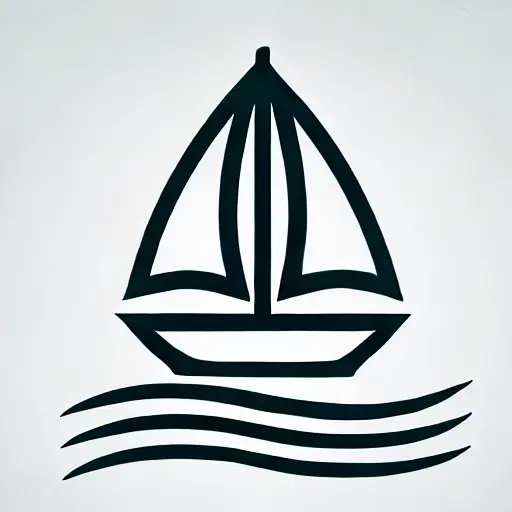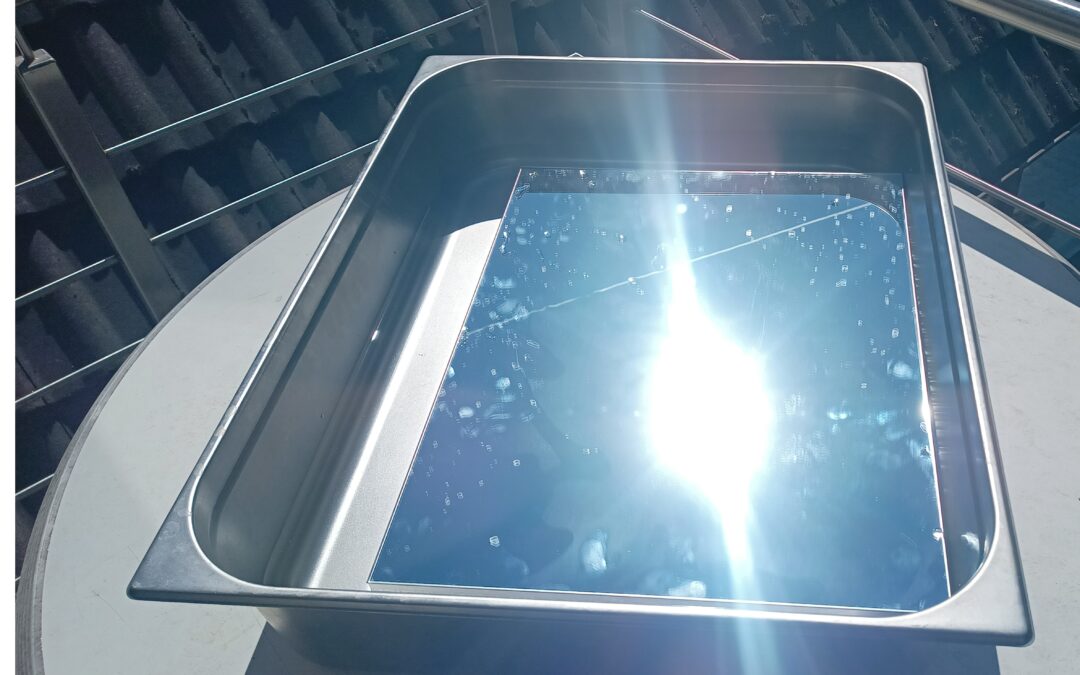Why Practicing with a Sextant on Land Is Challenging
For anyone interested in celestial navigation, mastering the sextant is a rewarding but demanding skill. While it is traditionally practiced aboard a vessel with an unobstructed view of the sea horizon, this ideal setting is rarely available to most enthusiasts on a regular basis. Even among experienced sailors, the opportunity to take a sextant on a voyage is often limited by practical concerns—bulky equipment, risk of damage, and restricted luggage space while traveling.
On land, the biggest obstacle is the absence of a clear, level horizon like that of the ocean. Urban environments, hills, trees, and buildings all obstruct the view, rendering the sextant ineffective in its conventional use. This presents a key question for students and hobbyists of astronavigation: How can you practice using a sextant without access to the sea?
The answer lies in using an artificial horizon—a simple yet ingenious method that allows you to simulate the function of the sea horizon and refine your sextant skills anywhere, even in your backyard.
The Principle Behind an Artificial Horizon
A sextant measures the angle between a celestial body (like the sun or a star) and the visible horizon. When you’re on land without a true horizon, you can create a substitute by using a flat, reflective surface—commonly a still liquid like water or mercury.
The technique works by measuring the angle between the celestial object and its reflection in the artificial horizon. Since this measurement gives you twice the actual altitude of the celestial body, you divide the observed angle by two to get the true altitude.
How it works, technically:
- Set your artificial horizon on a level surface.
- Use the sextant to bring the image of the sun or star down to its reflection in the liquid surface.
- Read the angle shown on the sextant.
- Divide the angle by two to get the true altitude of the celestial object.
Types of Artificial Horizons
1. Commercial Liquid-Based Horizons
These are compact kits often consisting of:
- A small, flat black container
- A thin layer of water or oil
- A clear plastic wind shield (often a dome or box cover)
The advantage is portability, but the limited size of the reflective surface makes them harder to use, especially for beginners.
2. Historical Mercury-Based Horizons
In the past, mercury was used because of its excellent reflectivity. However, it is toxic, costly, and hard to handle safely. It’s no longer recommended for casual use.
3. Integrated Artificial Horizons on Sextants
High-end sextants sometimes include bubble horizons or other internal mechanisms. These simulate a level plane using a bubble but are usually less accurate than visual measurements and more expensive.
4. DIY Water Mirror Setup
An affordable and highly effective method involves:
- A 50 cm x 40 cm mirror
- A 2 cm thick Styrofoam backing
- A shallow tray filled with water
This larger surface makes it easier to align the sun or a star with its reflection. A clear plastic cover can help protect the surface from wind disturbances.
Limitations of the Artificial Horizon
Artificial horizons measure double the actual angle, which limits how high an object can be in the sky before it becomes unmeasurable.
- A standard sextant measures up to about 120°.
- This means you can only measure celestial bodies up to a real altitude of 60°.
- Thus, the sun cannot be measured around local noon in summer, when it’s too high in the sky.
Tips for Best Practice and Additional Considerations
- Use a shaded filter when observing the sun to protect your eyes and the instrument.
- Record time precisely, ideally using a watch synchronized to UTC or a time signal.
- Perform multiple sights and average the results for better accuracy.
- Practice in calm conditions or use a windscreen to reduce surface ripples.
The Importance of Proper Leveling
A crucial—but often overlooked—aspect of using an artificial horizon is ensuring that it is absolutely level. If your mirror or water surface is even slightly tilted, the reflected image will be offset, leading to systematic measurement errors.
Tips for correct leveling:
- Place your setup on a hard, flat surface.
- Use a small spirit level to check the orientation in both axes.
- For DIY setups with Styrofoam, adjust by gently pressing corners or placing thin shims under the tray.
Even a small tilt of 1° can introduce noticeable errors in your final calculations. Precise leveling significantly improves the accuracy and reliability of your altitude readings.
Final Thoughts
Mastering the sextant doesn’t require being at sea. With a bit of creativity and understanding of the principles behind artificial horizons, you can practice and perfect your skills from virtually anywhere. Whether you’re a sailing enthusiast preparing for a long voyage or a landlocked student passionate about traditional navigation, building and using an artificial horizon offers a practical and engaging way to keep your sextant skills sharp.

